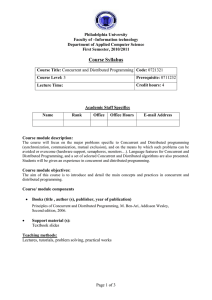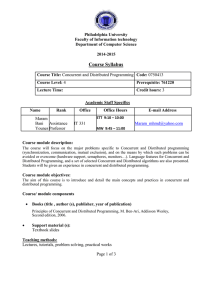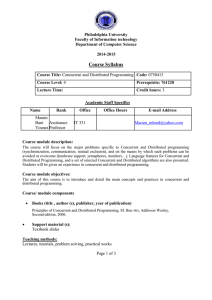Concurrent engineering of products
advertisement
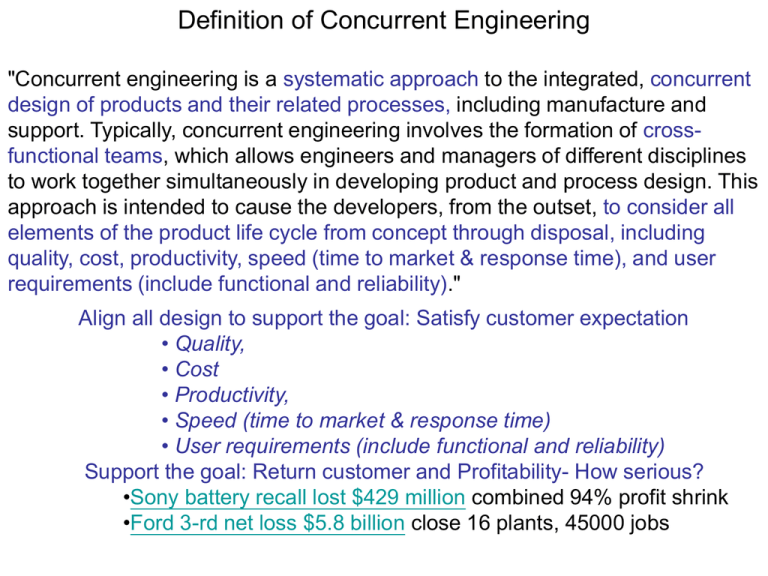
Definition of Concurrent Engineering "Concurrent engineering is a systematic approach to the integrated, concurrent design of products and their related processes, including manufacture and support. Typically, concurrent engineering involves the formation of crossfunctional teams, which allows engineers and managers of different disciplines to work together simultaneously in developing product and process design. This approach is intended to cause the developers, from the outset, to consider all elements of the product life cycle from concept through disposal, including quality, cost, productivity, speed (time to market & response time), and user requirements (include functional and reliability)." Align all design to support the goal: Satisfy customer expectation • Quality, • Cost • Productivity, • Speed (time to market & response time) • User requirements (include functional and reliability) Support the goal: Return customer and Profitability- How serious? •Sony battery recall lost $429 million combined 94% profit shrink •Ford 3-rd net loss $5.8 billion close 16 plants, 45000 jobs Field warranty service Quality control Market analysis, R&D Production system Process design GD&T Engineering Modeling Prototyping Statistic Process Control (SPC) Product design GD&T Cell, Quick Response Manufacturing Rapid Prototyping Computer Aided Manufacturing Computer (CAM) Aided Design (CAD) Manufacturing in the Product Life Cycle Conventional product design approach •Why do companies now want to move away from serial product development process ? Concurrent engineering of products Address all issues related to the complete life cycle of the product at the product design stage - from initial conceptualization, to disposal/scrap of the product. Concurrent engineering • Has to be supported by top management. • All product development team members should be dedicated for the application of this strategy. • Each phase in product development has to be carefully planned before actual application. • New product’s lifecycle has to fit in in the existing product program lifecycles in a company. Assembly in the Context of Product Development Benefits of Concurrent Engineering •Reduces time from design concept to market launch by 25% or more • Reduces Capital investment by 20% or more • Supports total quality from the start of production with earlier opportunities for continuous improvement • Simplifies after-sales service • Increases product life-cycle profitability throughout the supply system How dose CE reduce time? Traditional Design and Production Process the main problems/difficulties associated with traditional design and production process: FOR COMPLEX PRODUCTS: • Cycle Time Too Long • Facility Intensive • Cost High • Convergence Not Assured CE CE is implement able on These area Virtual Assembly Analysis Service-oriented VAA Architecture and Components
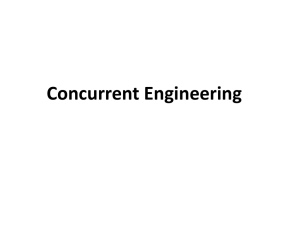

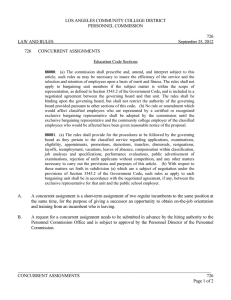


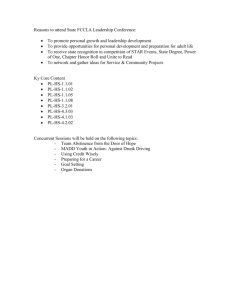
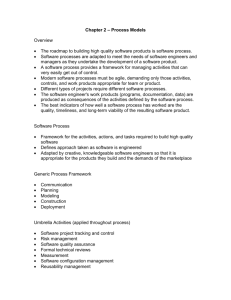
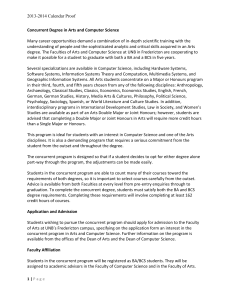
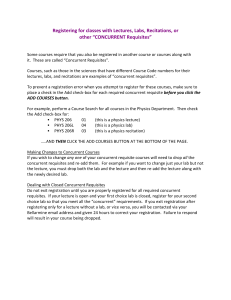

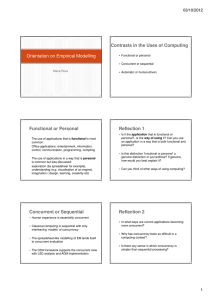
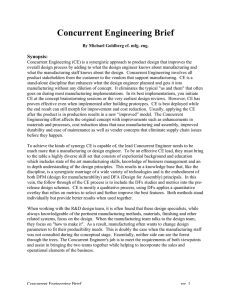
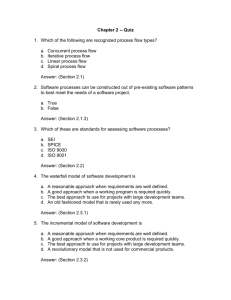



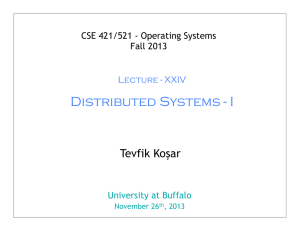
![concurrentengineering[1]](http://s2.studylib.net/store/data/015258210_1-27bd91d9c3dd21c406717035bea3507f-300x300.png)

